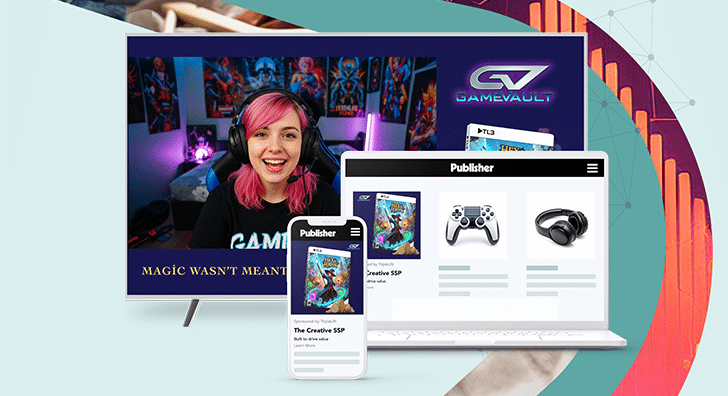If you thought Supply Path Optimization (SPO) was simply about cutting, think again.
In the early days of SPO, when buyers became frustrated with duplicative auctions, cutting seemed like a simple solution. But soon, buyers found that cutting didn’t ensure that their bid wouldn’t be resold to the very exchange they cut.
Modern SPO is about choice. It’s important to partner with exchanges that bring value to your supply path and help your media dollars go further. But how do you determine that? It’s time to have ‘the talk’ with your exchange partners.
Here are 7 questions to ask each exchange before you decide its fate.
1) Does your exchange support sellers.json?
Sellers.json is a file that a SSP hosts to identify the publishers it’s integrated with. The file identifies each publisher ID and whether the publisher has a direct or intermediary relationship. You can access it by going to your exchange’s website URL and adding sellers.json at the end (example: triplelift.com/sellers.json). If the exchange doesn’t have a live sellers.json file, ask when it will support one.
2) What percentage of your exchange’s relationships are direct vs. through an intermediary?
A sellers.json file will offer a basic outline of this, but your SSP should be able to elaborate on this data. Exchange directness refers to the principle of an exchange direct relationship with publishers versus impressions that are made available through an intermediary. While there’s no perfect ratio, the premise is that the fewer the intermediaries, the more efficient your buy will be.
3) What types of intermediaries do you prioritize on your exchange?
Publisher networks, fee-based wrappers, and resellers are all different types of intermediaries that all bring varying degrees of value. An exchange that cares about offering transparency will be able to communicate what types of intermediaries they work with and provide insight into what value each brings to their exchange.
4) What value do intermediaries bring that I can’t get otherwise from going direct?
Not all intermediaries are created equal, and if you’re going to continue running through one, it’s important to know whether it offers an actual advantage. Your SSP should be able to specify what value each intermediary brings to the supply path.
5) Will you provide me supply path data that helps me understand how I’m buying on your exchange?
If you don’t know how reselling is affecting your bids, it’s time to get a clearer picture of your supply path. Don’t shy away from asking your exchange for a detailed picture of what and how you are buying.
6) Will you help me curate sites that offer direct integrations?
If you want to reduce reselling, it’s perfectly reasonable to ask for more direct partnerships through your exchange. An exchange should be able to create a deal that makes only direct publishers available to you, or be able to blacklist publishers you’d like to exclude.
7) What have you done as an exchange to support transparency initiatives like ads.txt or sellers.json?
As the industry continues to move toward transparency, your exchange should also be at the forefront of new initiatives to simplify the supply path. If an exchange is committed to helping your media dollars go further, they will have a tactical plan for making their integrations as valuable as possible.







